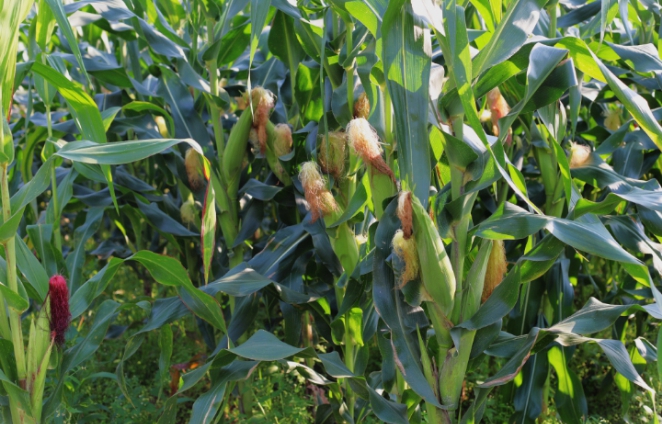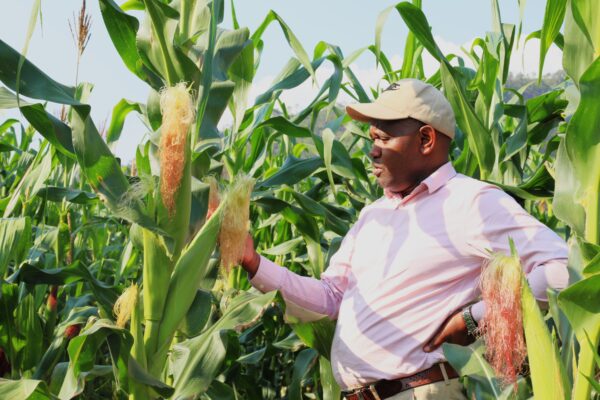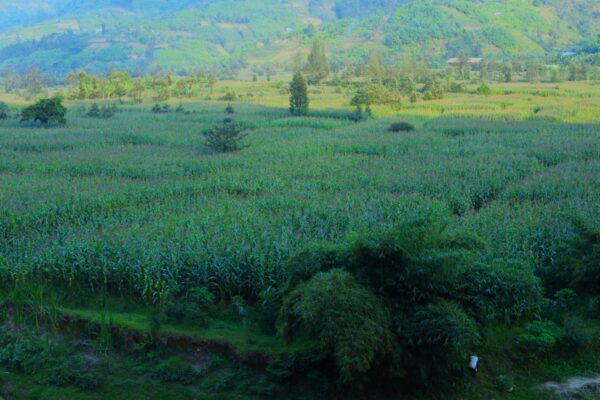Maize farming in Gakenke: A path to economic growth and environmental sustainability
Maize farming in Gakenke District is a key economic activity driving both individual and regional development. This agricultural practice not only boosts household incomes but also contributes to environmental conservation through modern, eco-friendly farming techniques.
Known for its hilly terrain, Gakenke has embraced consolidated land use, covering approximately 15,900 hectares. This approach has significantly improved livelihoods, enabling residents to afford better housing, health insurance, and education for their children.
The use of fertilizers and innovative farming methods has increased yields while preserving soil health. Gakenke District Mayor, Vestine Mukandayisenga, emphasizes that collaboration among farmers has been the cornerstone of their success.
.
She states, “We’ve focused on awareness campaigns to highlight the benefits of land consolidation, such as preventing erosion and improving productivity.”
In 2024, maize farming in Gakenke yielded 28,620 tons, with each household harvesting at least three sacks (300 kg). This income has empowered families to invest in their futures, from education to healthcare.
Mukandayisenga also highlights the district’s efforts to introduce advanced farming technologies to further enhance agricultural output. She says, “We continuously educate farmers on sustainable agriculture and the importance of environmentally friendly fertilizers.”
The district boasts 478 consolidated farming sites, including Mukinga, Murandi, Kagoma, and others. These sites play a critical role in protecting the soil and preserving biodiversity.
By integrating sustainable practices, maize farming in Gakenke exemplifies how economic growth and environmental conservation can coexist, paving the way for a resilient and prosperous future.




